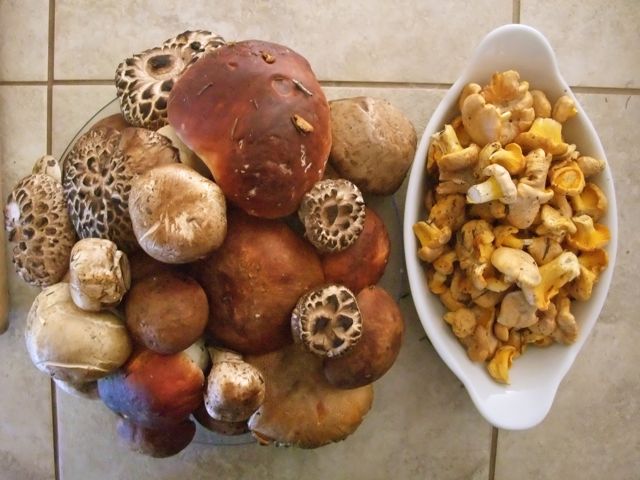
If you're hiking in the forests around Copper Mountain during the peak of the summer season, mid-July to late August, you're sure to see some of Colorado's most mysterious species dotting the forest floor. Especially in years when the monsoon delivers daily afternoon thunderstorms, thousands of mushrooms start to sprout alongside the trails.
Some people just walk on by, barely noticing, others deliberately knock them over, finding them as distasteful as slugs. But for a small tribe of enthusiasts, Colorado mushrooms are fascinating treasure — and with names like witch's hat, hawk's wing and stinky squid, what's not to love? Learn more about Summit County mushrooms by watching this YouTube video.
They grow quickly after a few days of wetting rain, and if the weather turns dry, they vanish just as fast. Their sudden appearance led the ancient Greeks to believe that mushrooms grew where Zeus's lightning bolts struck the ground.
Today we know better, and scientists have given mushrooms their own biological kingdom, neither plant nor animal. And they've learned that mushrooms are much more than just ephemeral ornaments — they are a critical part of forest ecosystems. Along with bacteria, they are responsible for converting most of the branches, needles and leaves on the ground back to soil. Without them, we'd be up to our necks in forest debris.
Fungi, as biologists prefer to call them, also grow symbiotically with many plant species, especially trees. Mushrooms don't have true roots, but they do spread an underground web of spidery threads that literally meld together with the fine tips of tree roots, facilitating an exchange of nutrients that's beneficial to both. In some cases, they help protect trees from harmful pathogens — remember, penicillin is fungus!
That's enough science for now; one of the other cool things about Colorado mushrooms is that there are many species that are prized by collectors for their flavor, including porcini (sometimes called cep, Steinpilz or bolete) and delicate, spicy-sweet chanterelles.
There are also a handful of mushrooms that are deadly poisonous, and another couple of dozen varieties that will make you quite sick. The good news is that the delicious edibles can't really be confused with the poisonous varieties; they just don't look anything alike.
A do-it-yourself approach would be to buy a guidebook and head out into the woods. But if you've read this far, it means you're probably interested, and there are some resources available to help you learn more, starting with the Colorado Mycological Society. The statewide group is based in Denver, but during the summer, organizes forays into different mountain areas. Some of the treks visit the dense spruce-fir forests around Copper, which are ideal habitat for numerous species, including porcini, which sometimes grow within sight of the Copper Mountain's chairlifts.
The organization also holds an annual mushroom fair in Denver (Aug. 11, 2013). Mushroom hunters can bring their treasures to the Denver Botanical Garden, where experts are on hand to help ID the finds. Visit the Colorado Mycological Society website to learn more.
A little closer to Copper, Buena Vista Heritage hosts an annual King Boletus Mushroom Festival, with two days of classroom seminars and forest treks to search for mushrooms. Those hikes often end with a mushroom cookout at the end of the day. Click here for more information.
And the granddaddy of Colorado mushroom events is the annual Telluride festival, now in its 32d year. Shroomfest, as its know by fans, also features mushroom-hunting treks, but has an added dimension, with scientific and cultural lectures that help put mushrooms into an ecological and social context. Visit the Shroomfest website for more information.
Follow Copper Colorado Condos on Twitter for daily updates and photos of wild mushrooms during the season, and browse our rentals page for the best selection of Copper Mountain condos.
Filed in Colorado News | Summer Activities |